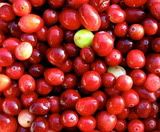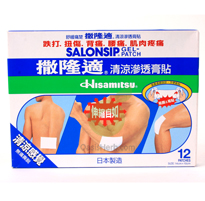 Tea and coffee are the most widely-consumed beverages. However, the effect of caffeine intake during pregnancy on fetal growth is not unclear.
Tea and coffee are the most widely-consumed beverages. However, the effect of caffeine intake during pregnancy on fetal growth is not unclear.
According to a study published online April 28 in the American Journal of Clinical Nutrition, caffeine intake of 6 or more units per day during pregnancy is associated with impaired fetal length growth.
The goal of the study was to evaluate the associations of maternal caffeine intake from coffee and tea with fetal growth measured during each trimester of pregnancy and with the risks for adverse birth outcomes.
The study recruited 7,346 pregnant women in Netherlands from 2001 to 2005. Questionnaires were used to determine coffee and tea consumption in the first, second, and third trimesters. Serial ultrasound studies were used to determine fetal growth characteristics and hospital record were reviewed to determine the birth outcomes.
Participants were categorized into different tiers (less than 2 units, 2 to 3.9 units, 4 to 5.9 units, and 6 or more units per day) based on the amount of caffeine consume. One unit of caffeine consumption is equivalent to 1 cup of 125ml coffee or 90mg of caffeine.
The results indicated that higher caffeine consumption was associated with smaller first-trimester crown-rump length, second- and third-trimester femur length, and birth length (P for trend < .05). The risk of having a small-for-gestational-age infant at birth was increased in mothers who consumed at least 6 caffeine units per day.
This study suggested that pegnant women should not consume ≥6 caffeine units (.540 mg) per day during pregnancy.
Please visit http://healthreason.comfor more health related articles.
Source: online Am J Clin Nutr, April 28, 2010.













